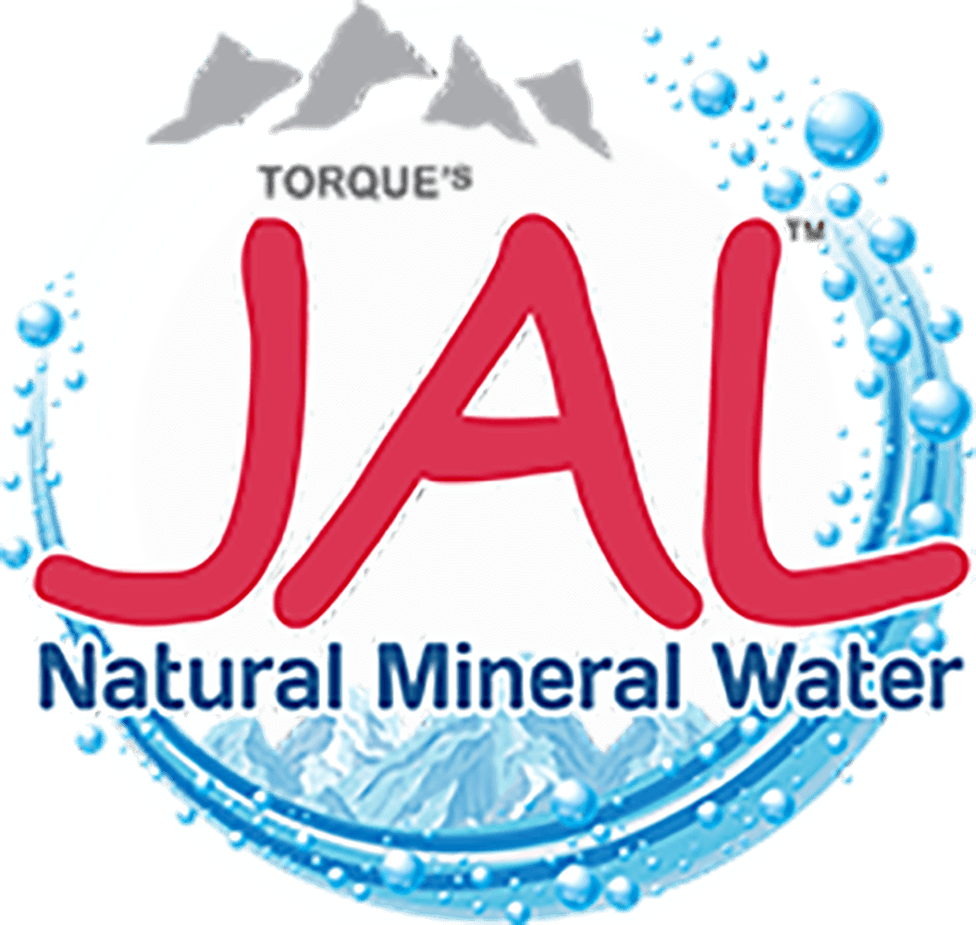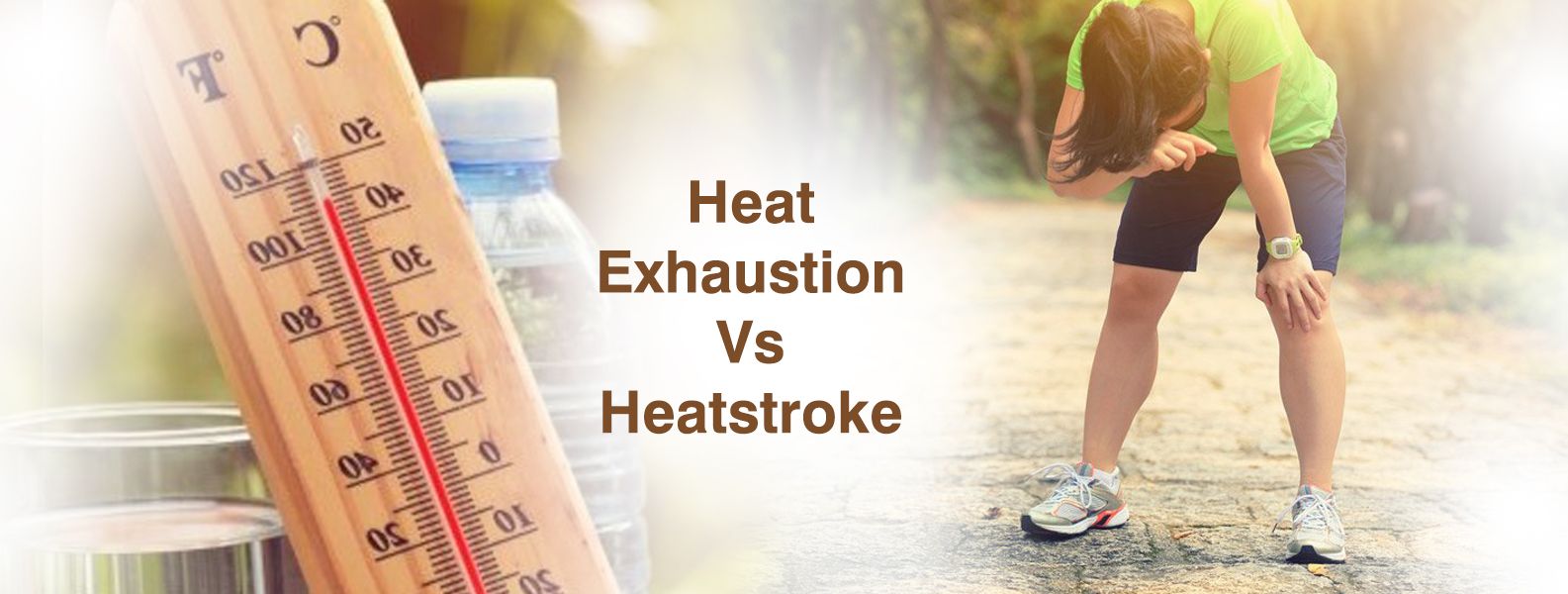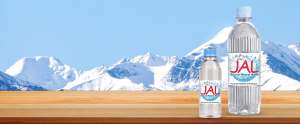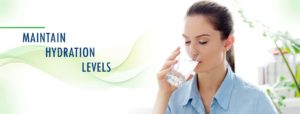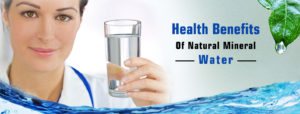Summers are one of the favourite seasons for kids, as schools shut down and it’s a time for vacations. But spending time outside in the hot summer may be risky, and the chances of dehydration and heat exhaustion are high in summers.
What are heat exhaustion and heatstroke?
Heat exhaustion is a term that refers to a situation when the body loses an excessive amount of water and salts due to exposure to high-temperature conditions and the inability to replace fluids. If this condition is left untreated for too long, it will create a more significant problem. Instead, that is heatstroke.
Heatstroke is when body temperature elevates, and the body cannot manage the situation by cooling down our bodies.
Symptoms of heat exhaustion and heat stroke
Heat exhaustion-
The first indication of heat stroke is cramped muscles following weakness, excessive sweating, fastening of the pulse, recurring vomiting, nausea, fainting, and pale skin.
Heatstroke-
Body temperature rises, pulse rate quickens, consciousness fades, and skin becomes hot and dry.
Causes of heat exhaustion and heat stroke
The leading cause of heat exhaustion is the inability of the body to maintain body temperature by cooling down through the natural process of sweating. Sweating is the process that helps in the cooling down of the body. Overexertion and heavy workouts in summers or extreme high-temperature conditions are the leading cause of this unhealthy situation. They diminish the ability to produce sweat and keep body temperature low. Some other causes which exaggerate the conditions are- dehydration, wearing tight and dark colour clothes, and alcohol consumption. All these situations are additional causes.
When these conditions are not manageable for a long duration, they turn into heatstroke.
A more risky condition for-
The main risk factors for heat exhaustion are children and older people, as their bodies cannot manage body temperature and pose a higher risk of these disorders.
Another risk factor is people who are obese, and more weight leads to more heat production. Therefore, fat people are more at risk of heat strokes.
Change in weather conditions is also a high-risk factor. People moving from cold weather to a place with hot weather are at risk of catching many ill effects due to the extreme change in conditions and the body’s inability to adjust accordingly.
Certain medications can also harm your body to manage the fluid balance. This includes- medicines for high blood pressure management and heart-related disorders.
Treatment
Try shifting to a cooler area, removing dark colours and tight clothing, and adding more water to your diet plan to treat these conditions. In a hot climate – take cold water showers to decrease the body temperature. Moreover, in emergencies, consult your doctor and take proper medications.
Preventions
To prevent heat exhaustion and, therefore, heat stroke-
- Avoid alcohol consumption to prevent dehydration
- Try to drink more water to prevent the ill effects of sweltering conditions.
- Avoid extra workload leading to overexertion in hot summers.
- Take cold water showers to decrease body temperature.
- Small breaks in-between the heavy working hours prove helpful to avoid exertion.
- Take proper rest and avoid excessive exposure to heat.
These heat-related illnesses are common in summers. Therefore it’s crucial to prevent their occurrence by taking preventive steps. Drinking water is the most appropriate and essential component to avoid any health condition. Natural mineral waters are the best remedy that needs a boost in our daily utility for preventing the chances of any heat illness.
